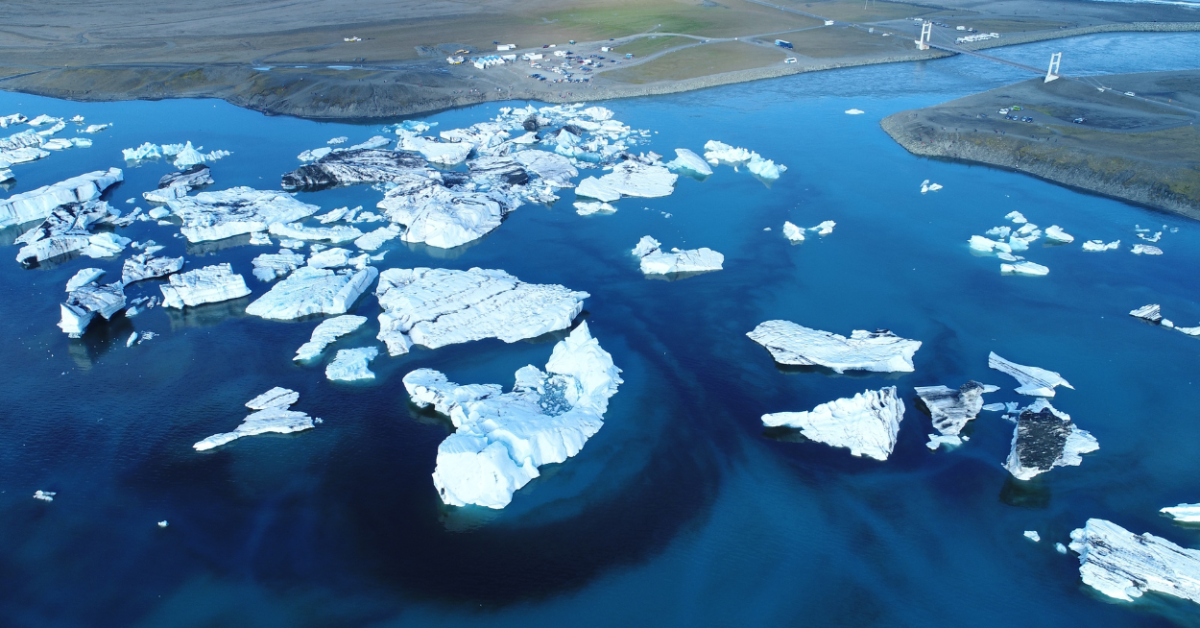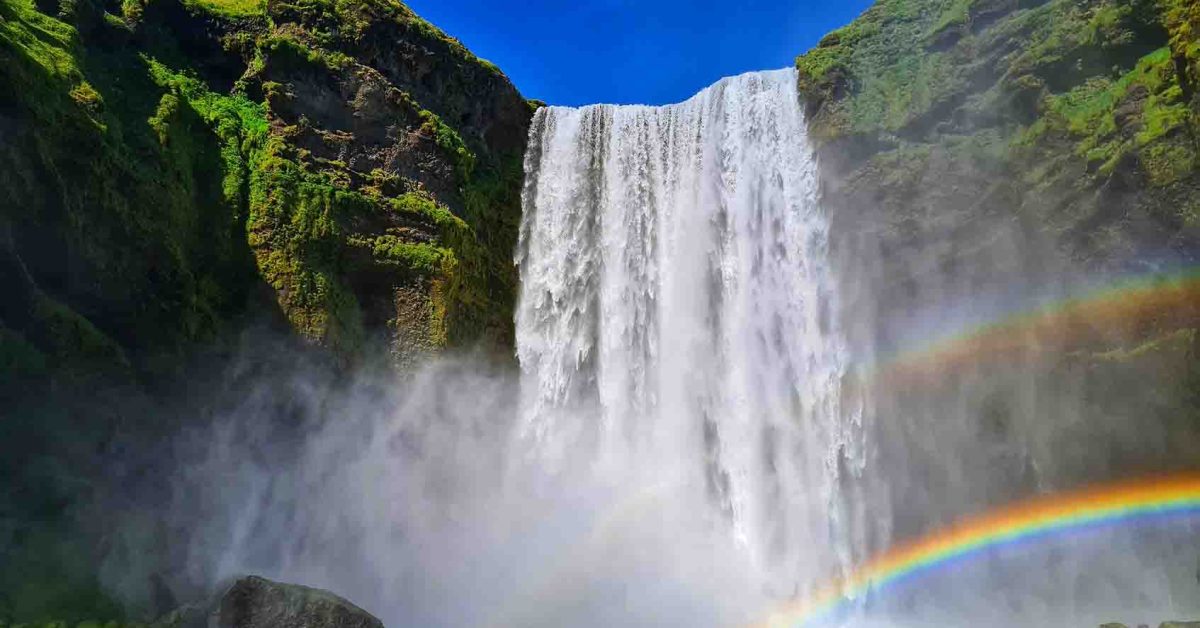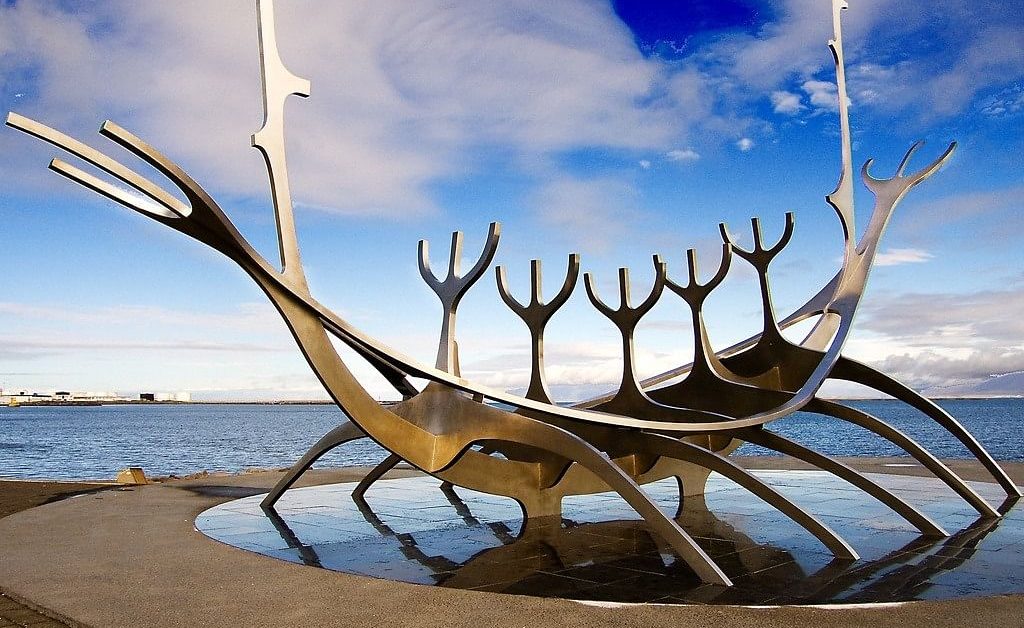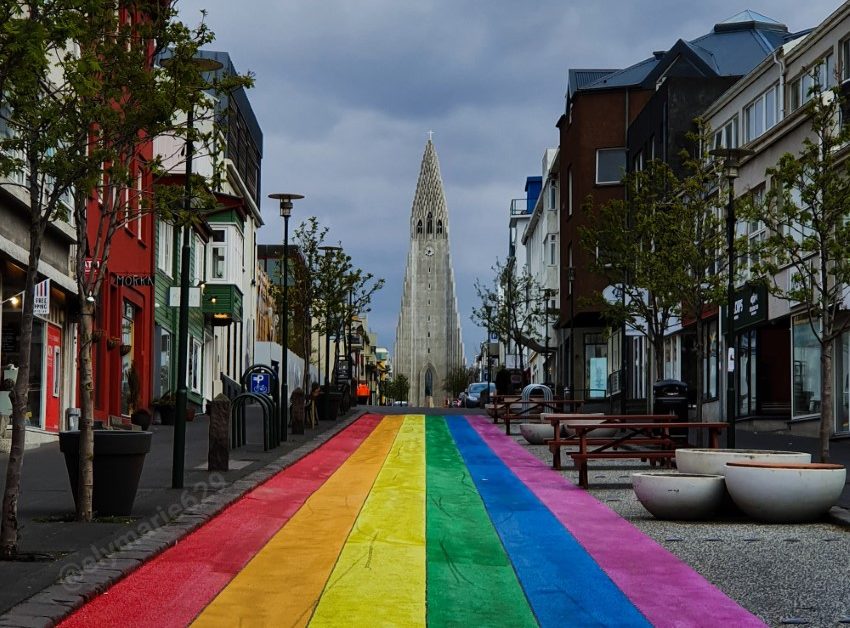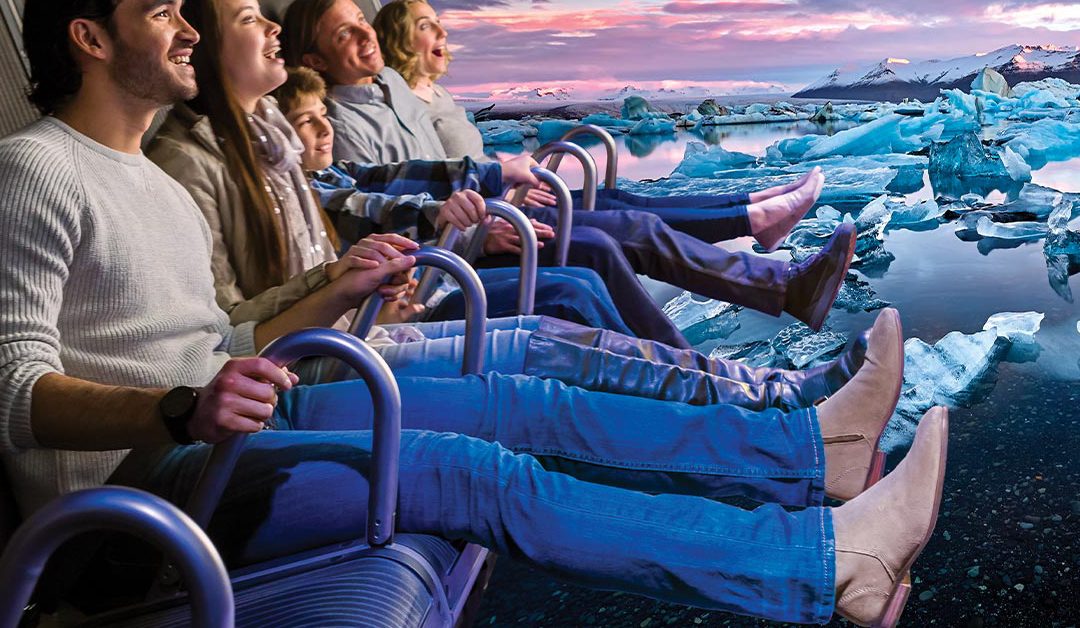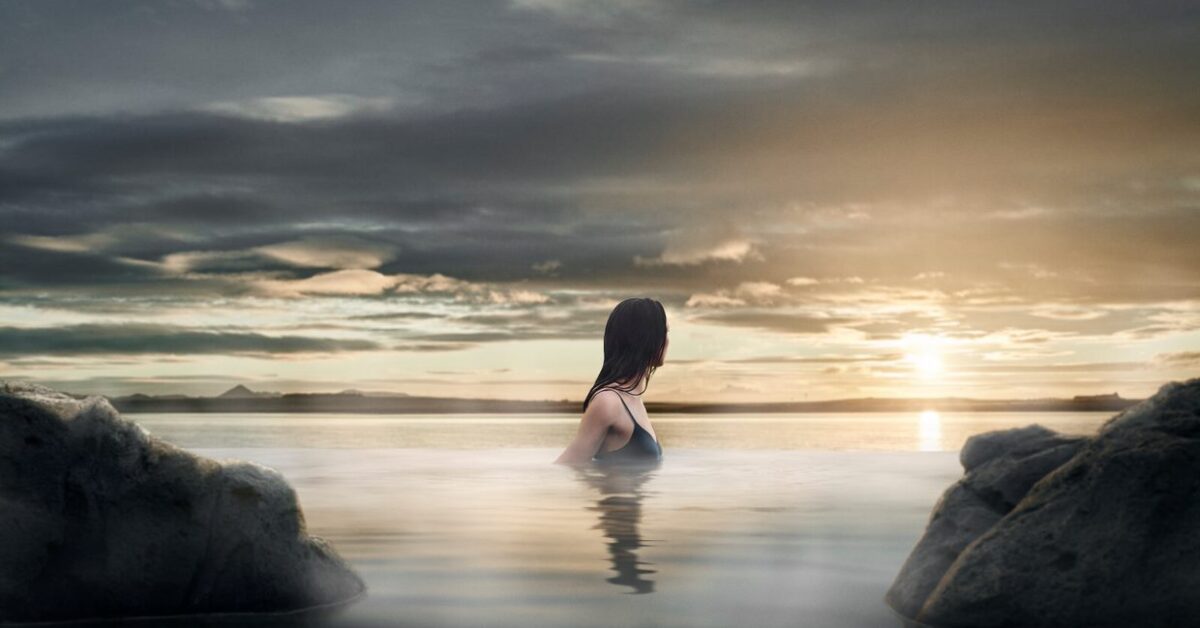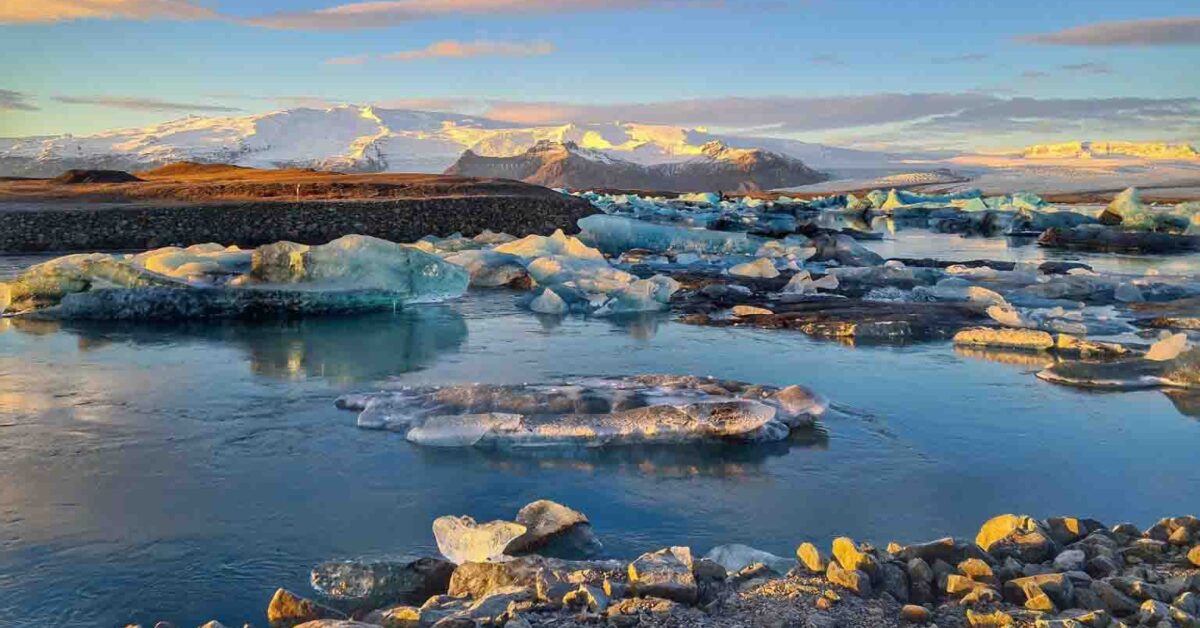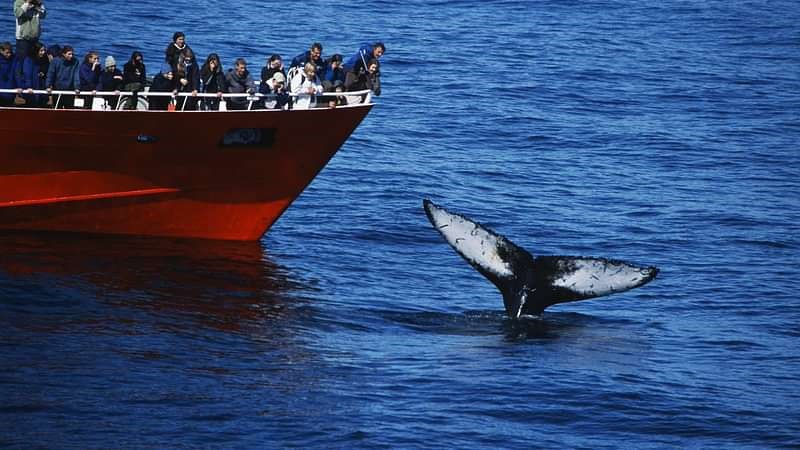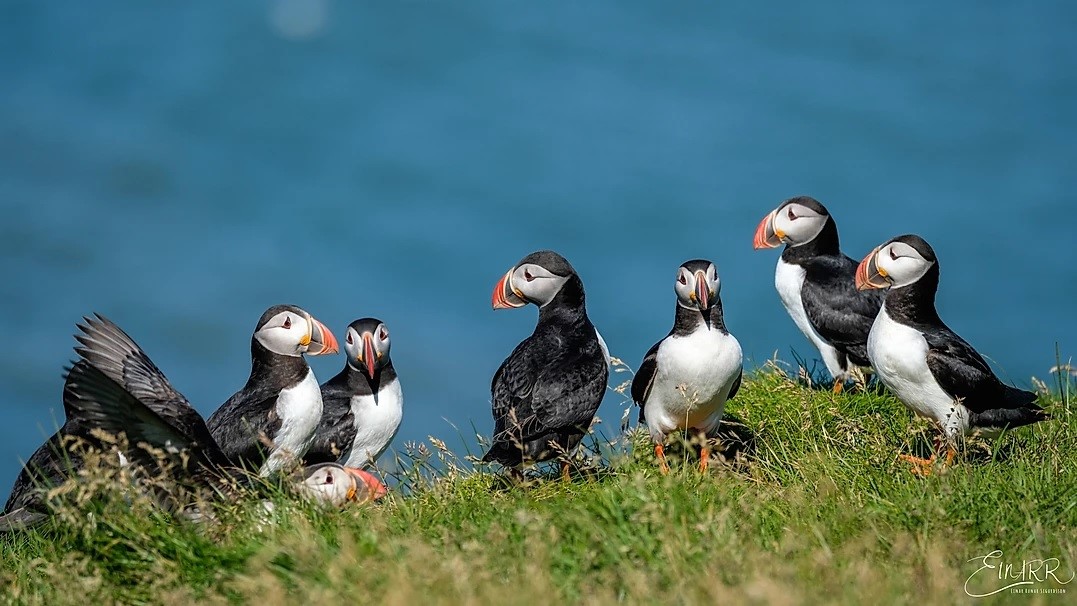Reykjavik - the only city in Iceland
Reykjavik is the northernmost capital globally and the most vibrant inhabited area. It is the only city in Iceland because of its size and historical importance.
It is the epicentre of most of the tours in Iceland, where almost 60% of Icelanders live and where it is the most vibrant nightlife in the country. In Reykjavik, you will experience many cultural manifestations and the highlights of Icelandic cuisine.
Reykjavik has a fascinating history, and it was also the first settlement in Iceland. The city’s name also comes from when the first settlers landed in Iceland.
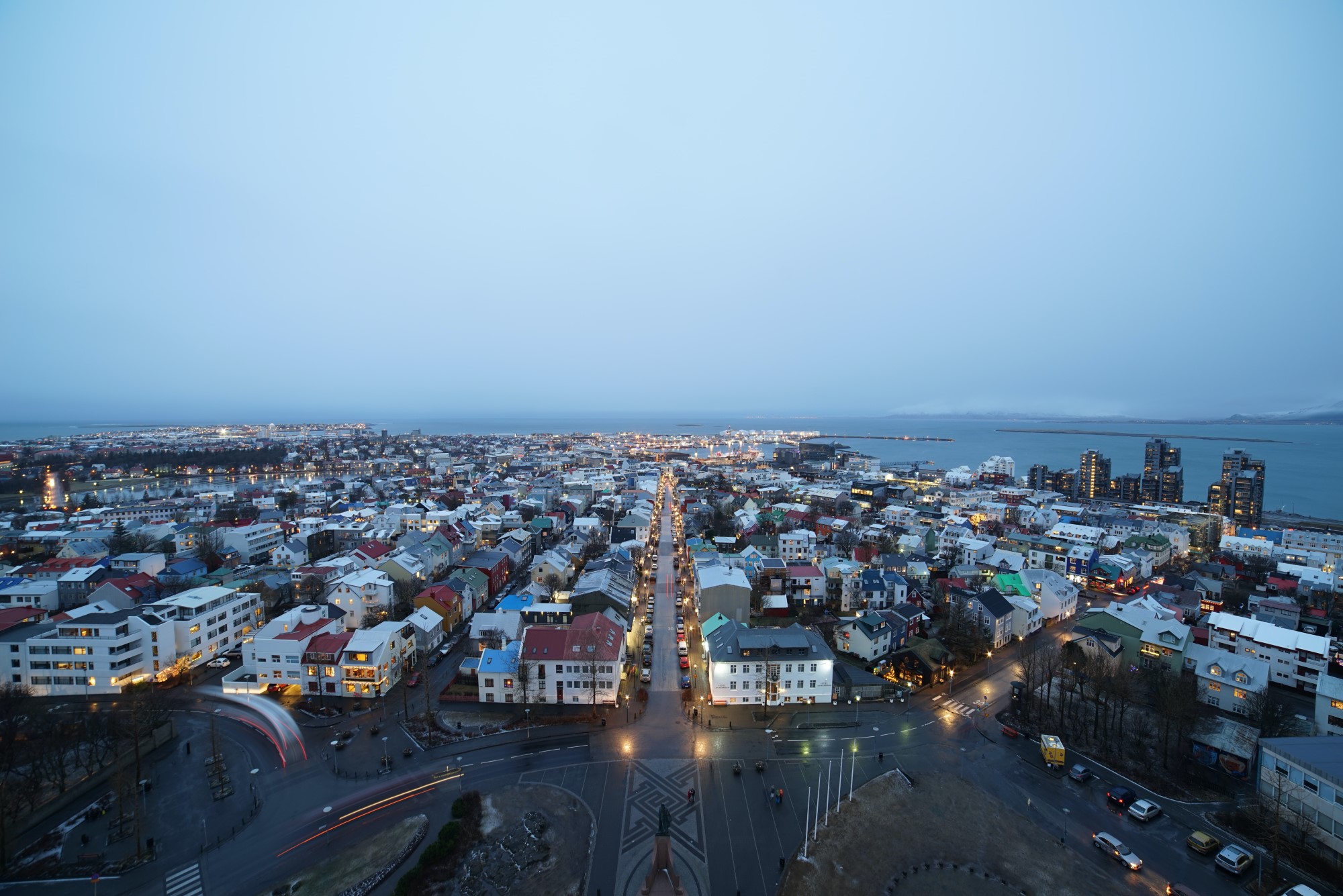
When Ingólfur Arnarson and his wife Hallveig Fróðadóttir arrived in Iceland around the year 871, they chose the area where they decided to disembark in the Norwegian way.
According to the Book of Icelanders, Ingólfur used the pillars of his seat, which were the symbol of his chieftainship and threw them into the sea. Then travelled along the Icelandic coast to see where they landed.
The pillars landed near a geothermal area where the hot steam covered the bay. That was where he and his family disembarked and settled for the rest of their life in Iceland, and they gave the place the name Reykjavik which translates as “the smoky bay”.
Reykjavik didn’t grow into what it is today right from the moment of the settlement; it had many critical historical episodes that contributed to its development.
Ingólfur Arnarson is an essential character in the history of Iceland; he and his descendants decided and built de Icelandic society. The first step was establishing an assembly called Alþing to unite all local groups in Iceland through their representatives.
But the place where the Alþing had organised their meetings was Þingvellir until the Icelanders declared their independence from the Danish crown in 1944 and moved the parliament to Reykjavik.
The moment of the parliament’s creation marked the end of the settlement period and, at the same time, the beginning of the Icelandic society during the Commonwealth period.
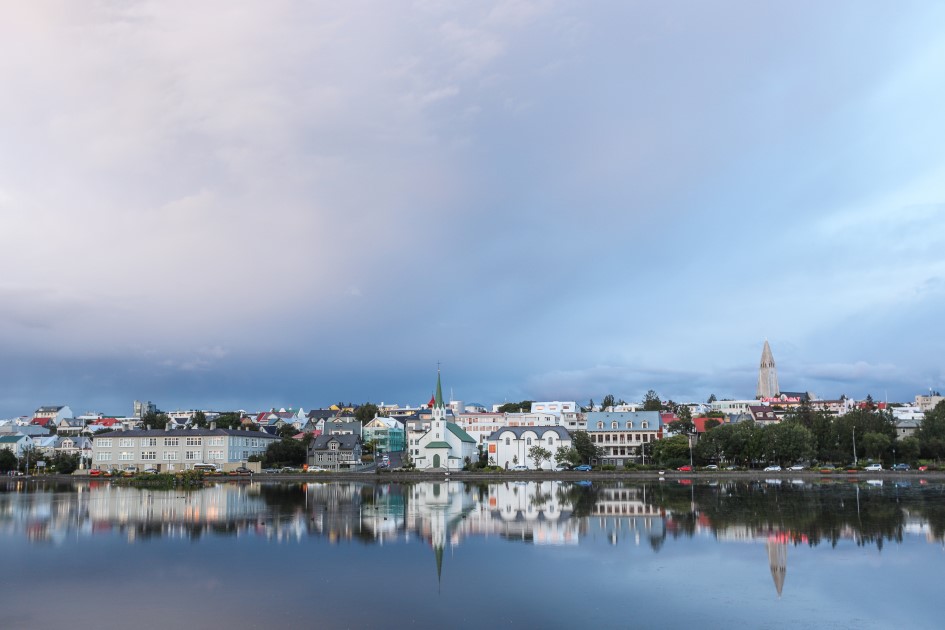
The Alþing constantly functioned even through the Icelandic Civil War and the only period when the Alþing stopped the meetings was during the Danish colonialism between 1799 and 1844. The Icelandic Parliament is the longest-running parliament in the world that still exists.
Ingólfur owned a vast amount of land, but his descendants lost many parts of the land with each generation after his death. Until the year 1000, his descendants lost all proprieties inherited once by Ingólfur. After about 700 years, Reykjavik started to reclaim its character as the centre of Iceland.
After the Commonwealth period, Reykjavik and the country underwent many significant changes. Many religious changes from the 11th and 16th centuries were represented by the conversion of the Icelanders from their old Norse beliefs to Christianity and then the Reformation to Lutheranism.
The Civil War, then the occupation of the Norwegian Kingdom in the 13th century and later the domination of the Danish Crown got Reykjavik stagnating from its evolution.
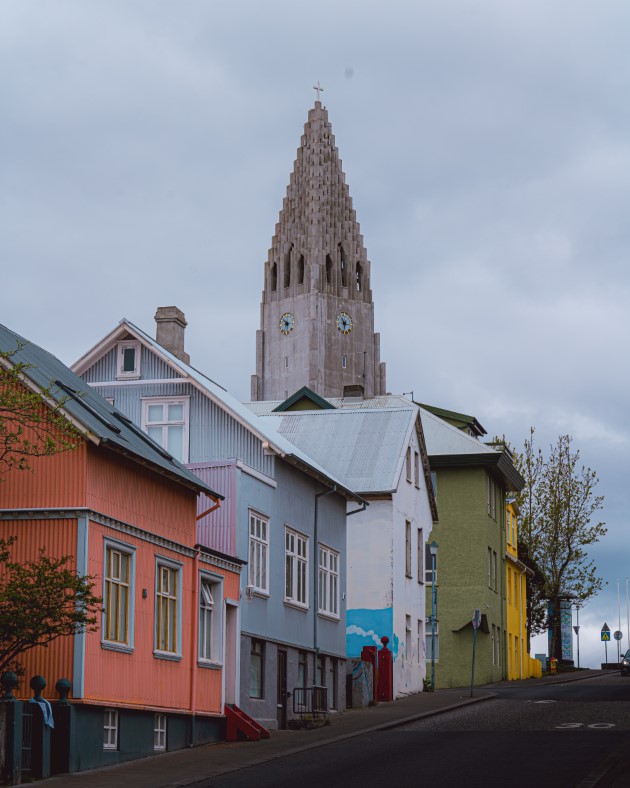
Those moments in Iceland’s history were the toughest ones for the inhabitants. The social instability, the harsh climate, the few resources, and the Danish Crown’s control over the local economy made life in Iceland very challenging.
The moment when Reykjavik started to become an important site in Iceland was the moment when in the 18th Century, Dane Skuli Magnusson moved to the farmland and established wool workshops. Since then, he has played an important role in Reykjavik’s development.
The wool workshops that developed in Reykjavik marked the modernisation and urbanisation of the city. At that time, Reykjavik was just the size of a town. The production of wool and wool products was significant, and this did not go unnoticed by the Danish crown.
Soon, Danish traders came to Iceland, and Reykjavik was the only town with permanent markets.
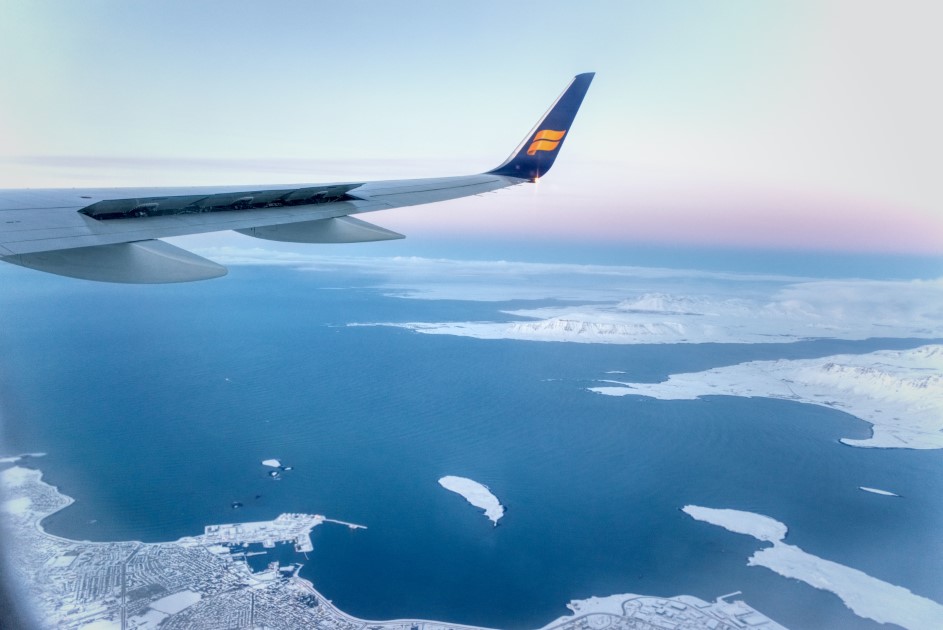
The harbour in Reykjavik developed in the following decades due to the trading. After the parliament – the Alþing was moved from Þingvellir to Reykjavik in 1798 and had the first Constitution in 1874, Icelanders gained more economic independence.
Iceland became financially independent after 1880 when the Danish Monopoly ended.
Once independent, Icelanders used the money for the first time for trading, and this happened when Reykjavik became the most important port where many products were exchanged.
Those were the incipient factors that led Reykjavik to urban development. Later, when the world was going through the First World War, Icelandic wool was demanded by Europe countries.
The period between the wars was not so wealthy for the common Icelanders. The wealthy ones managed the lands. That was the period when many Icelanders developed agriculture by buying modern equipment. So the majority of the population moved to Reykjavik to work in agriculture.
World War two was also a prosperous period for Iceland. Iceland’s Allies demanded fish supplies and Icelandic fishing industries were essential for Europe. In 1940 Britain invaded Iceland to protect the fisheries before the US took over in 1941.
When the war ended, Iceland declared its complete independence from Denmark in 1944. Once the country’s independence, Reykjavik became the capital city of Iceland.
After the war, Iceland had a successful development even though its economy was still based on fishing and agriculture while the rest of the world was in advanced technology development.
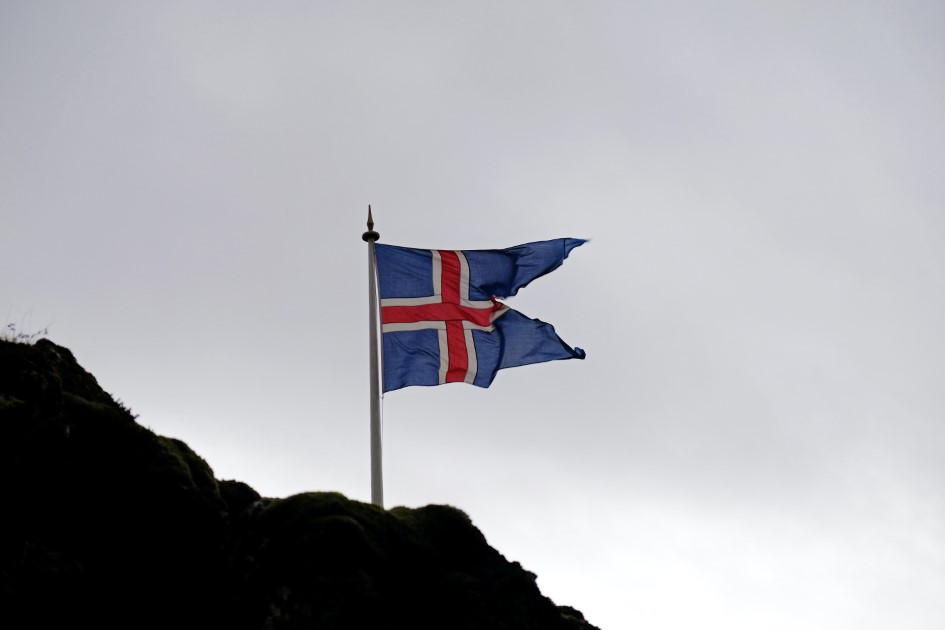
The US troops remained in Iceland after the war, considering the Cold War’s start and decided to help locals develop. They settled in Keflavik and wanted to be able to eat and drink and party.
They thought that Reykjavik was not a social friendly city, so they decided to change that. Bars started to open in Reykjavik for the military to entertain themselves, but Icelanders could attend those bars too. Since many Icelanders began to participate, their social life developed more.
The presence of the Americans in Iceland provoked protest when it came for Iceland to join NATO. Many Icelanders did not embrace the American ideology, and they were also against the Americans because many Icelander women had married American soldiers.
The trade continued to contribute to Iceland’s development, which led to services, cultural and sports centres. Many industries started to develop, and flights to and from Iceland increased their frequency.
A significant event that happened in 1975 was the protest of the Icelandic women who wanted to be seen as equal to men and did not want to be seen as the ones who had to stay with kids and take care of their homes.
Also, they protested against the difference between what men and women earn. This protest was something the world had never seen before, and after that, Iceland had the world’s eyes on it.
Tourism started to develop in Iceland beginning in the year 2000 and nowadays is the main economic activity.
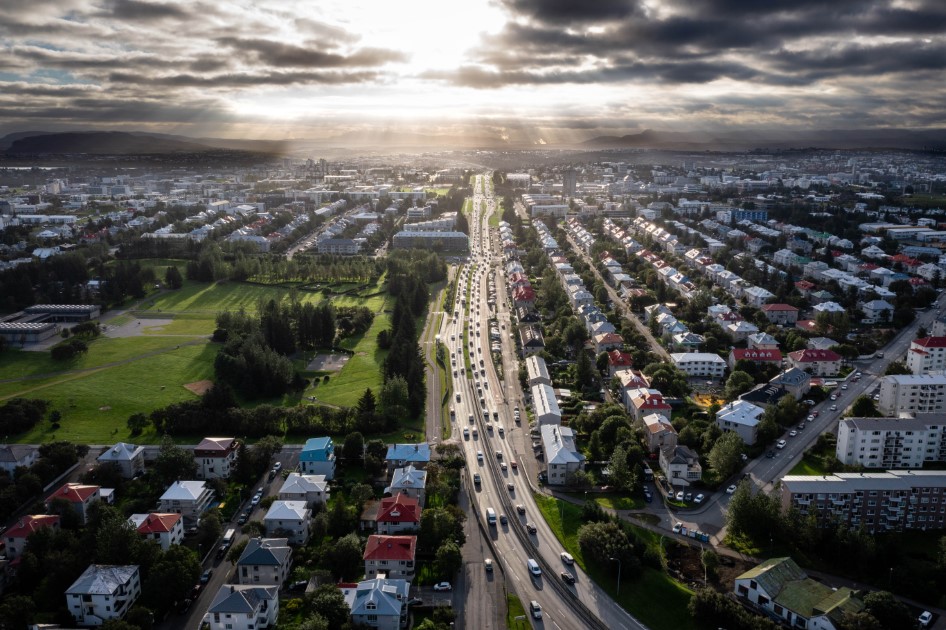
Reykjavik is the only city in Iceland with vibrant social, cultural and nightlife. If you come to Iceland, reserve two days to explore Reykjavik before travelling through the country.
Many tours start from Reykjavik city, and you can try also tours within Reykjavik.















